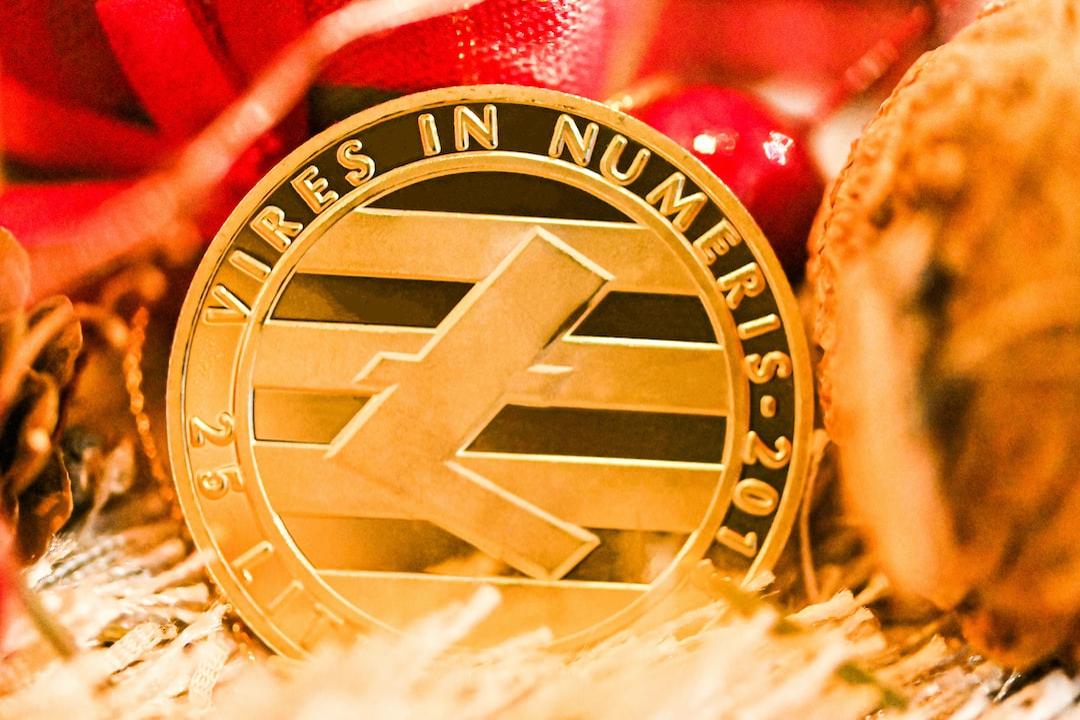Jessy
The long-awaited Blast airdrop for multiple PUA users is finally over, and the airdrop failed to satisfy everyone.
This time, the Blast airdrop was open to everyone who participated, and most people could get the airdrop, although the amount was small, even less than 1U.
The user who received the most airdrop had about 23 billion points, which is approximately 50 million tokens. At the initial issue price of 0.03 USD, this is about 1.5 million USD.
This open airdrop approach has been criticized by the community, especially the “killing the big players” behavior, which has caused strong dissatisfaction among them. User X @Christianeth stated that he invested 50 million USD in Blast but only received a 100,000 USD airdrop. Others also complained about the serious inflation of Blast points.
The recent Ethereum Layer2 projects, including Blast, have been criticized by the community for various reasons, mainly due to the failure to meet their expected returns.
The airdrop distribution will account for 17% of the total BLAST supply, including 7% for Blast points, 7% for Blast gold points, and 3% for the Blur Foundation.
The top individuals in the airdrop ranking are as follows:

From the ranking, it is clear that the real big players can receive a significant amount of tokens and returns, despite the existence of “killing the big players” behavior. For example, user X @Christianeth, who invested 50 million USD in Blast, only received a 100,000 USD airdrop.
Despite the criticism Blast faced when it went live in March, it has continued to develop. This year, the airdrop finally landed, leading to a successful marketing campaign for Blast.
Blast’s unique approach to airdrops has created a high TVL, and its technical implementation in Ethereum Layer2 is innovative.
In conclusion, Blast aspires to be more than just an L2 public chain and is aiming to create a fully integrated full-stack chain.
It seems that Blast wants to follow in the footsteps of Apple and create a full-stack approach. Therefore, it is important to focus on its industry innovation and whether it truly materializes, rather than just the fluctuating price of its NFT market project, Blur.


